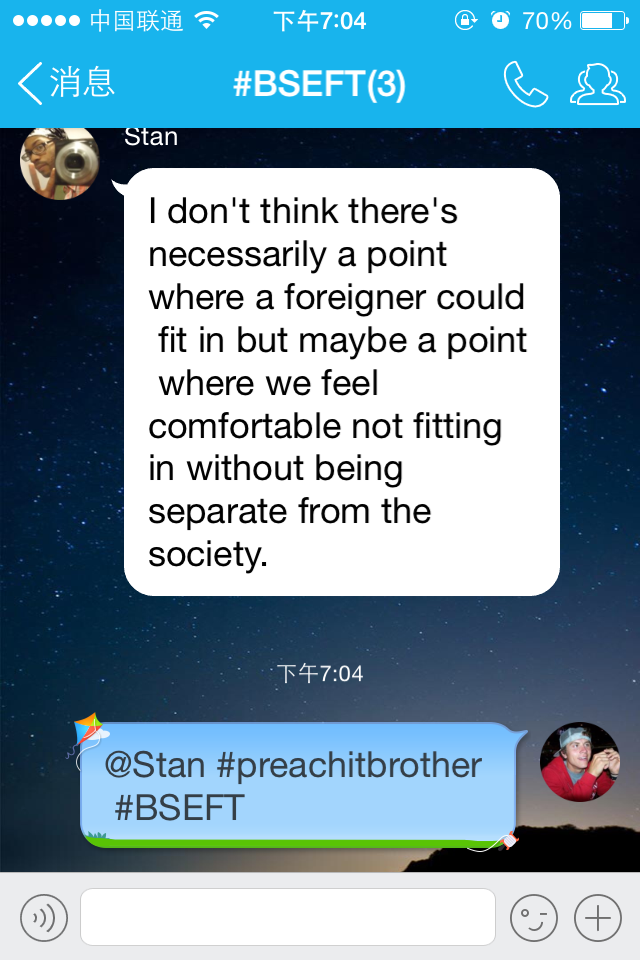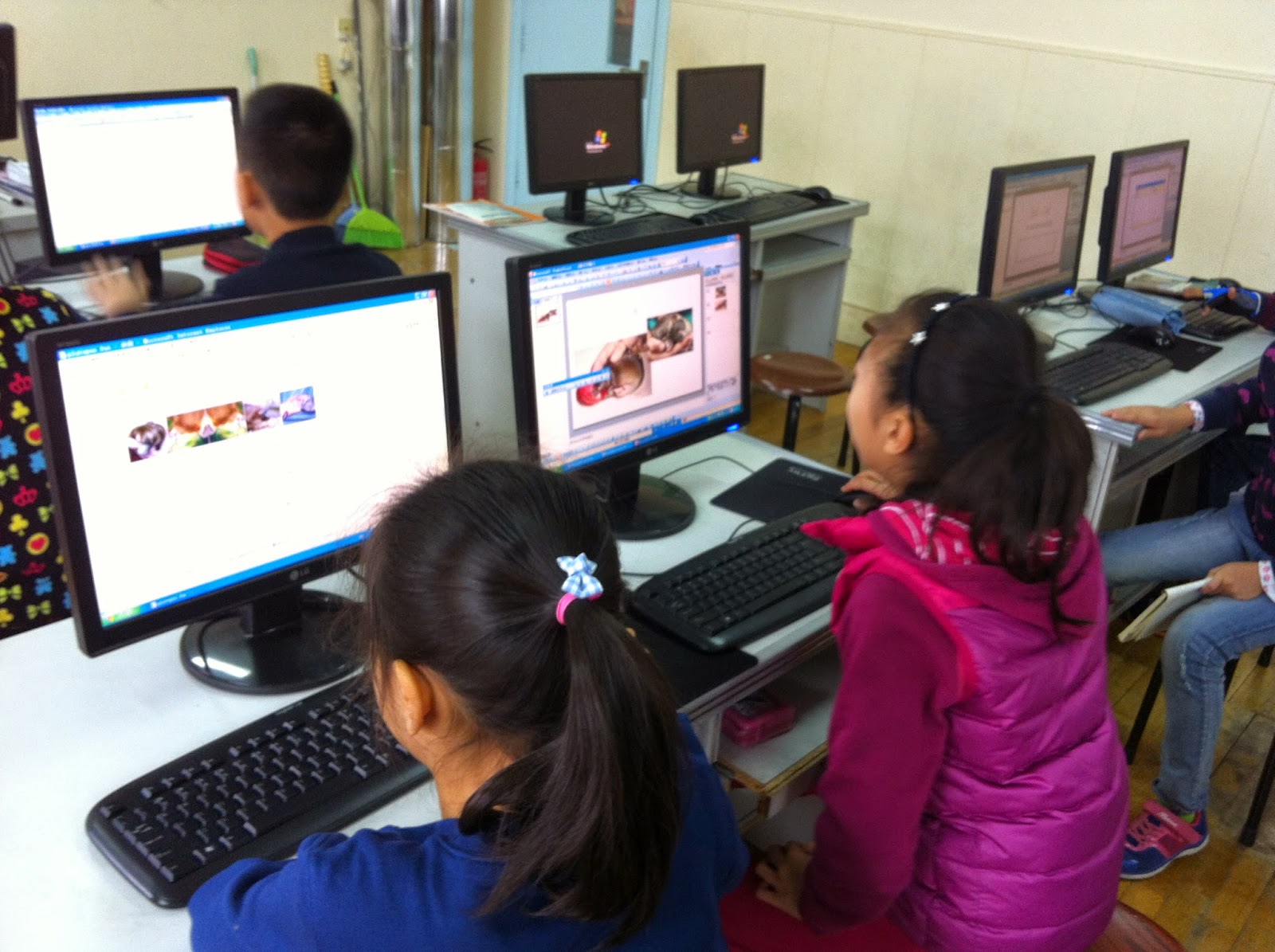What I didn't know is that 10 minutes beforehand, I would invite two key 6th grade students, who have used their voices and led their classes to change in positive directions, to attend. Because of their bravery, knowledge, and of course, English levels that let them use their voices, I asked they be present. Before the meeting, I informed the duo of topics we would discuss, how it might go, and lastly and most importantly, be brave and speak what you think. Why did I say this to them? The girl was shaking a little, and it's understandable. Students meeting with the principal is a big deal, much bigger than it is in an American education setting.
After starting off with a short keynote (linked above) and a video of students mentioning reasons why we need wifi at school (see below), the principal spoke. She had questions. I had answers. She noticed that I obviously had been pondering the big picture. I had for the past months and still am up to the point of writing this blog. She suggested that an after-school club would be a great start. Then, she said something I'll never forget. "Daniel, I trust you so you and the elementary principal can coordinate this. And remember to keep the students involved in the process." Like whoa! A possible club and have #studentvoice to help run the show. Right on!
Soon thereafter, I met with the elementary principal and she told me that I have to write a club proposal by Christmas so she can present it to the other school administrators. Of course!
A few people have told or asked me to give up on this. I ask them: Why? Why give up on what I believe is best for the students, our staff, our admin, our community? The possible effects are unbelievable at this point. I hope that even if this plan doesn't follow through, many students who have been involved will have seen and take to heart the tenacity I have and will continue to put forth.















